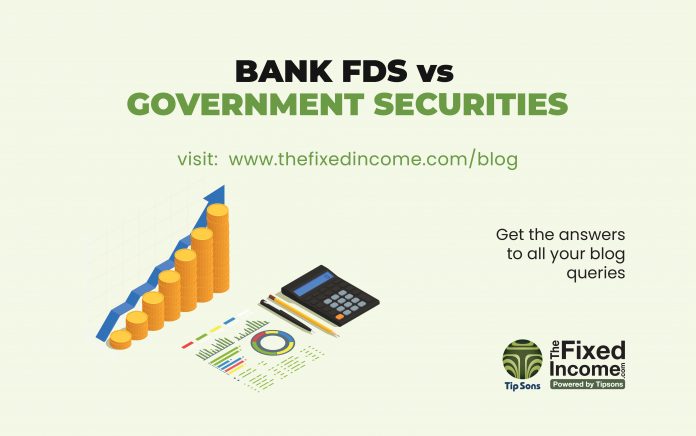One of the greatest attraction of investors towards bank fixed deposits is the safety they perceive a FD provides.
Public Provident Fund (PPF)
There is one endearing product that we have looked at, and must keep foremost on our list of investments that must be made, the Public Provident Fund (PPF). The PPF has some mouthwatering features which we have laid out before you, among which absolute safety is one. The PPF is actually a loan given to the Central Government.
Never does any central government default on its domestic debt. The government, being the sovereign, has the right to raise taxes, borrow and printmoney whenever it wants to (and with digital money this is even eco-friendly)! So the difference between the PPF and a FD with the safest and financially strongest bank in the country shows the PPF incomparably ahead on the safety parameter.
The bank FD is superior to the PPF in being liquid. The PPF has a long time to maturity, 16 years if it’s a new account, while a bank FD can be encashed, either as a loan on the FD, or by breaking up the FD and losing some interest as a penalty. In an emergency, the bank FD wins over the PPF account for the liquidity available.
The maximum annual deposit in the PPF account is Rs. 1,50,000 which is another limitation. There are no quantitative limitations on bank FD amounts.
Government Securities (G-Secs): A Safe and Liquid Investment
An investment product that provides the same security features as the PPF and liquidity of the bank FD ought to be hotly pursued by investors. But it is not. The investors who pursue it are insurance companies and banks that take our money and buy humungous amounts of those investments. It is time we, the retail investor, considers these investments for our own portfolio. Look at Central Government Securities, or G-Secs.
Government securities are either very short term (maturing in less than 1 year) papers called Treasury Bills, or T-Bills and securities with longer maturities, called dated securities, or G-Sec. Dated securities have a maturity at the time of issue that can extend to 40 years. All G-Secs have a face value of Rs. 100, pay interest every 6 months, and without any hiccup repay the principal in time. All interest payments and return of principal are exactly on time, or in advance if the due date is a holiday or weekend. So very comforting! G-Secs are also extremely liquid. More liquid than most shares! A major part of the trading in a very huge and liquid bond market is in G-Secs!
While banks themselves have credit ratings, as also bonds and debentures issued by banks and corporate, no G-Sec is rated. One cannot rate a sovereign on its domestic obligation because it just cannot, and will not default as mentioned above.
If risk and return were to march in tandem, then wouldn’t one expect an investment in a much safer (in fact, absolutely safe), very liquid investment to fetch low returns? In fact, the typical 10 year maturity G-Sec currently offers a yield of about 6.5%, against a bank FD interest rate of 3.5 to 5.5%.
G-Secs are also available for investment in lots as small as Rs. 10,000, so investing as if in a SIP is possible.
This is money loaned to our own government, the safest investment possible, with regular returns. It also behaves in the standard manner, of appreciating, or depreciating in value based on market interest rates. Unlike other investments, there is never any panic if prices drop because the paper will continue to provide the returns expected, and total safety of the entire capital*.
Time to talk to your bond dealer about an investment where you can actually wear your patriotism on your sleeve, while making better returns.
























